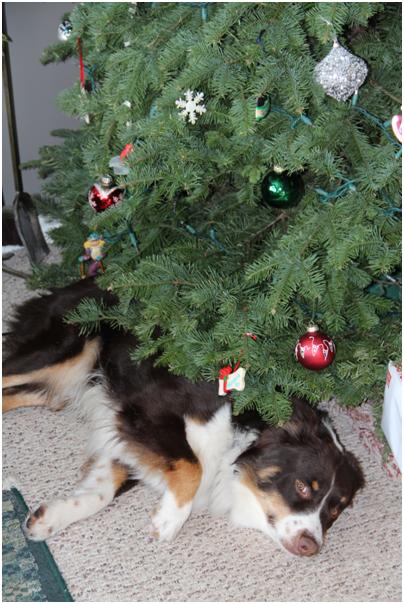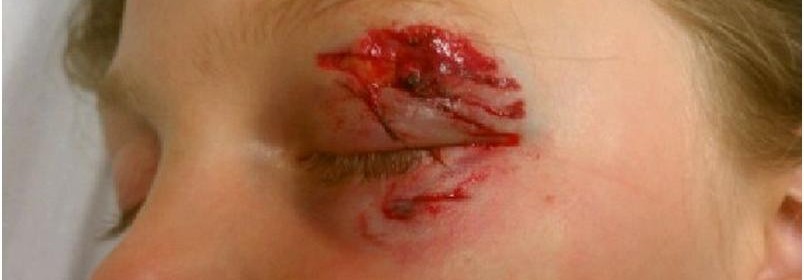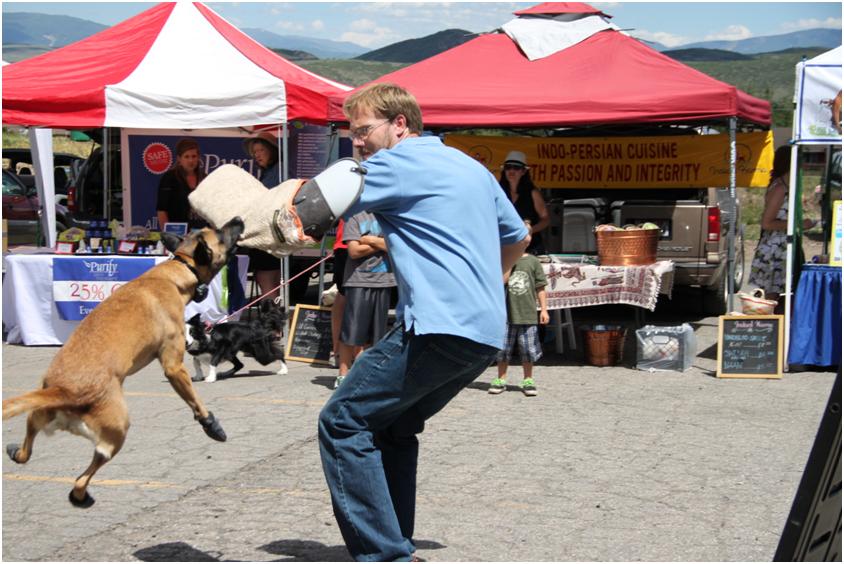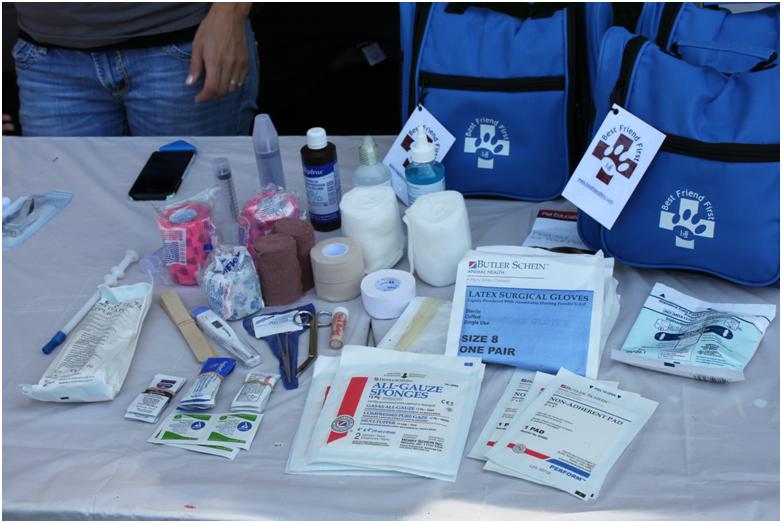Everyone looks forward to the holiday season, even our furry family members. But what’s good for kids and Santa can kill our best friends. Here are some tips for a petsafe holiday:
COOKIES, CANDY, CHOCOLATE, HOLLY, MISTLETOE AND POINSETTIAS– These things taste great to everyone but in animals they can cause agitation, vomiting, diarrhea, high heart rate, tremors, seizures and even death.

HOLIDAY DECORATIONS – Not only will a pet make a mess if they get into these but eating tinsel, ribbon and similar decorations can cut up the digestive tract and cause intestinal obstruction. Ornaments should be kept off low-lying Christmas tree branches.
ALCOHOL– It’s not funny getting Fido drunk. Alcoholic drinks may cause vomiting, disorientation, diarrhea, lethargy, lack of coordination, difficulty breathing, tremors, coma and seizures.
ARTIFICIAL SWEETENERS– Sugarless gum and artificially sweetened treats may cause vomiting, lethargy, loss of coordination, seizures and liver failure.
MACADAMIA NUTS AND WALNUTS– These nuts can cause severe lethargy, increased body temperature, vomiting, tremors, joint stiffness and the inability to walk.
GRAPES, RAISINS, AVOCADOS, ONIONS, TOMATOES AND GARLIC– These foods are deadly to dogs. They can cause lethargy, lack of appetite and vomiting.
FATTY TRIMMINGS AND BONES– Pets may experience vomiting and diarrhea. Fatty foods can also promote pancreatitis. Swallowed bones can cause stomach perforation and painful constipation.
ELECTRICAL CORDS– If chewed, live electrical cords can cause burns in or around a pet’s mouth, difficulty breathing, seizures and cardiac arrest.
LIGHTS AND CANDLES – This is more of a fire hazards that an internal concern. Keep them out of reach of pets (and kids for that matter).
FOR SUSPECTED POISONING, CONTACT THE ASPCA POISON CONTROL HOTLINE: (888) 426-4435.








